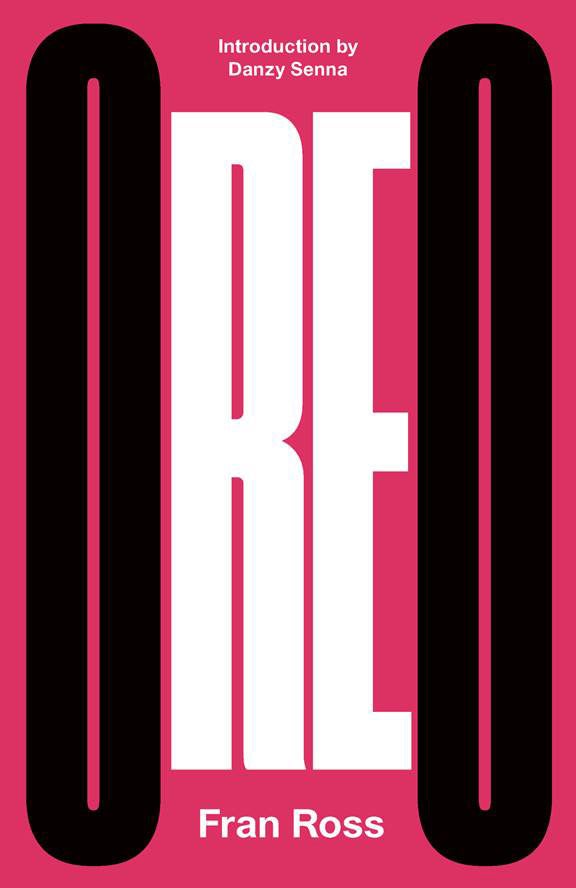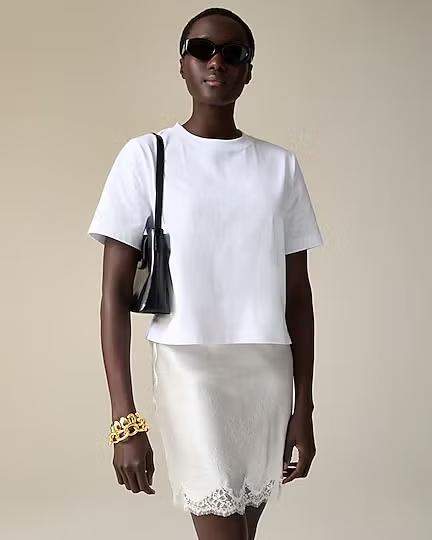
For most of us, the word “oreo” evokes thoughts of either the famous sandwich cookie or the harsh nickname given to Black people who “act White” (whatever that means). But for Fran Ross, the writer who published a novel by the same name in 1974, “Oreo” is a nickname fit for a heroine. Though her work of fiction was penned over 40 years ago, Ross’s tale of a Black Jewish girl in search of her absent father is still hilariously offbeat. Overlooked at its original release, Oreo (New Directions, $14.96) was reissued this summer and is finally receiving the acclaim it deserves.
Fran Ross released this debut novel at a time when the world essentially told biracial people that they deserved the “Oreo” label if they embraced their diverse identity. Though readers may not have been ready to mock that concept at the time, Ross’s humor was put to good use elsewhere—she found work writing for Richard Pryor shortly after the book’s release. In 1979, she wrote a cover story on Pryor for ESSENCE, just one of the magazine writing credits she earned around that time. Ross continued to work in the media industry until her death in 1985 at age 50.
In Oreo, Ross blends Yiddish phrases with Black vernacular to prove that Oreo’s biracial identity offers her the best and worst of both cultures she comes from. Her Black grandmother, Louise, is always cooking up tasty southern-Creole food, but most people have trouble deciphering the older woman’s thick southern accent. Oreo and her brother use Yiddish slang proudly, but are reminded that when their parents announce their engagement, their Black grandfather bursts a blood vessel – and their Jewish grandmother dies (literally) of a heart attack. Ross employs dark humor to ridicule bigotry as Oreo meanders through New York to find her father and discover the “secret of her birth.”






The narrative takes shape in a series of sections that are less like chapters and more like anecdotal sidebars. Though the form is unconventional, it lends itself to a unique storytelling method. Ross’s “Colors of Black People” chart, for example, allowed her to describe a new character as a “4 on the color scale” instead of crafting a clever way to say “light-skinned.” In this way, Oreo may offer a look into Ross’s creative process—the subheadings each read like items on a list that collectively tells Oreo’s story. The color chart, a menu of her grandmother’s favorite dishes, details on how her parents met, are side notes about who she is.
While many works of fiction are told in a continuous narrative, Oreo’s story progresses like most of our lives: in a series of mundane details, defining moments and interesting characters, all of which intersect to create Ross’s Oreo.
Now in its second reissue, the groundbreaking Oreo remains a timelessly comical tale of a young woman who navigates her way to a long-lost, deadbeat father – the disappointing keeper of her birthright – sidestepping a collection of schmucks along the way







